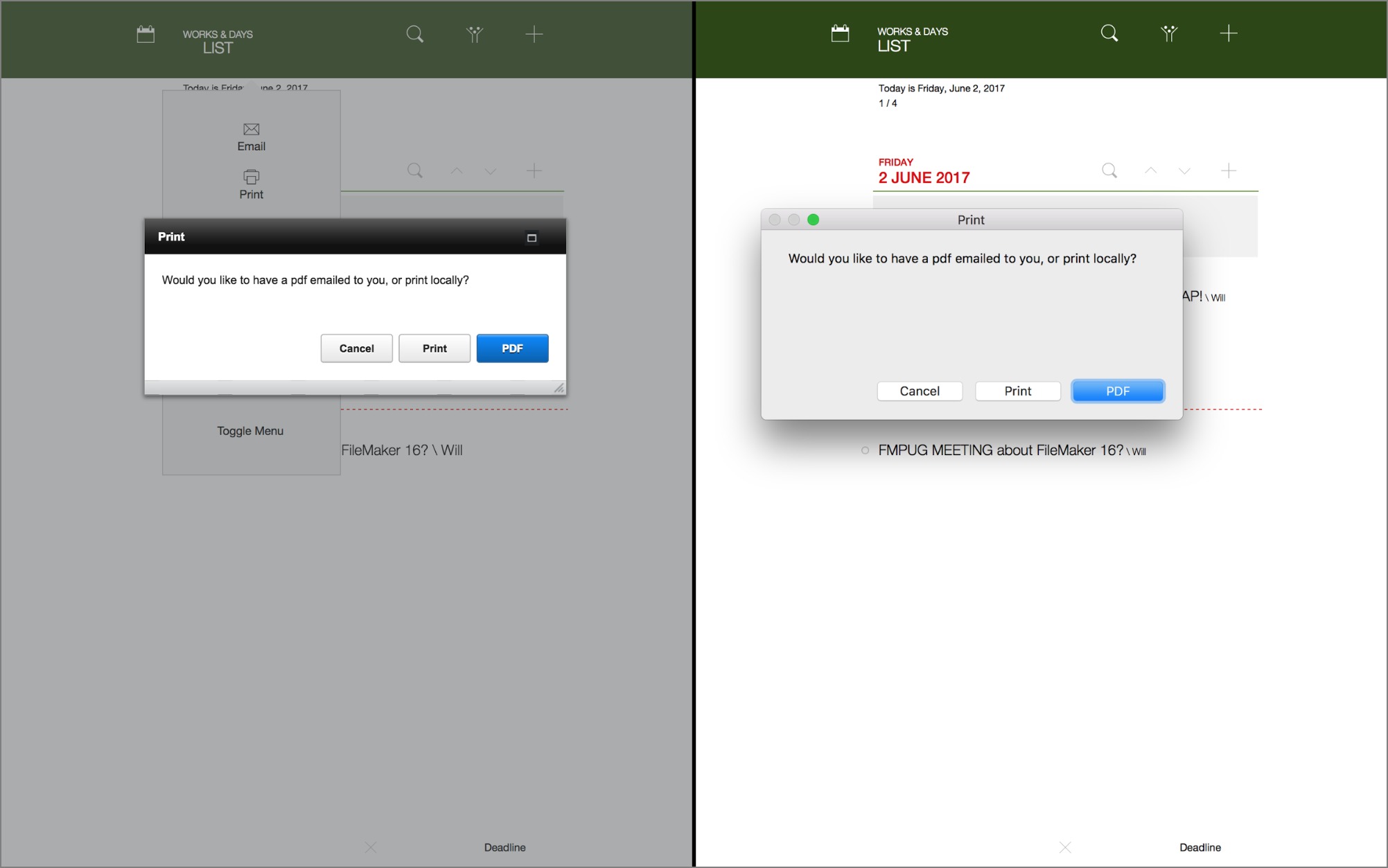

One way to do this is to create a separate script that's hard-coded to go to a particular destination.

Imagine that you want to create several navigation buttons that take users to a specified layout. We'll discuss script parameters first, and then delve into a consideration of script results.īefore we get into the details of how and why to use script parameters, a short example will give you a concrete sense of what script parameters are all about and why you want to learn this. Much of what there is to say about script input/output applies equally well to script parameters (inputs) and script results (outputs). Script input and output represent a considerable advance for FileMaker Pro scripting the extent to which you want to take advantage of that depends on the needs of your users and the scope of your files.

FileMaker developers did quite well for years without script parameters and script results, and we can think of no scenario in which you couldn't still muddle through without them. That being said, the use of script input/output is completely optional. Using script input/output saves you time, reduces the number of scripts that are necessary in your files, and makes your scripts easier to maintain. By "abstractly," we mean that scripts are written to solve general problems rather than specific ones. The capability to move data in and out of scripts is desirable because it means that scripts can be written more abstractly and thus can be reused. Together, we can think of these features as constituting a system for script input and output. FileMaker 8 completes the picture by adding script results, the capability for a script to output a piece of data after it's finished executing. FileMaker 7 introduced script parameters, a means of passing inputs into a script. FileMaker 7 and now FileMaker 8 have each introduced features that allow you to write scripts that are more flexible and extensible than in the past.


 0 kommentar(er)
0 kommentar(er)
